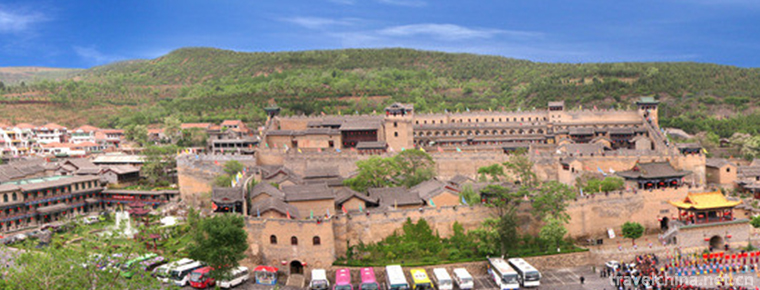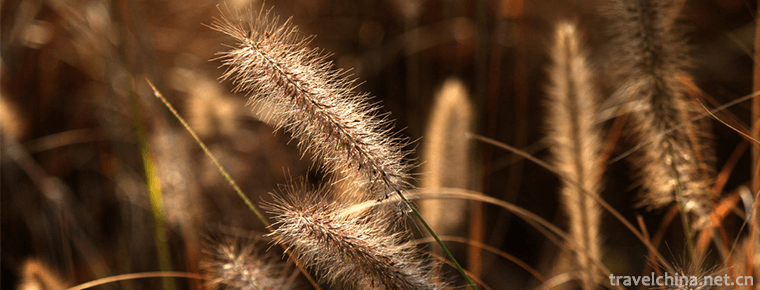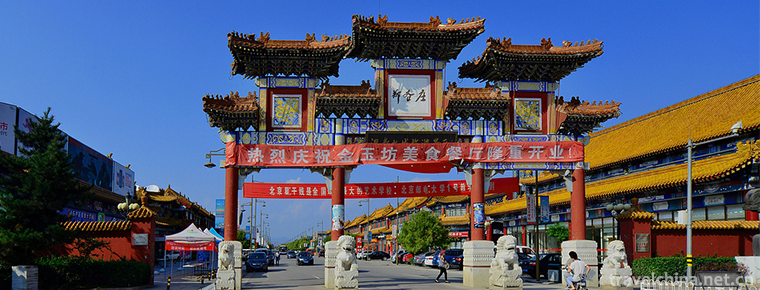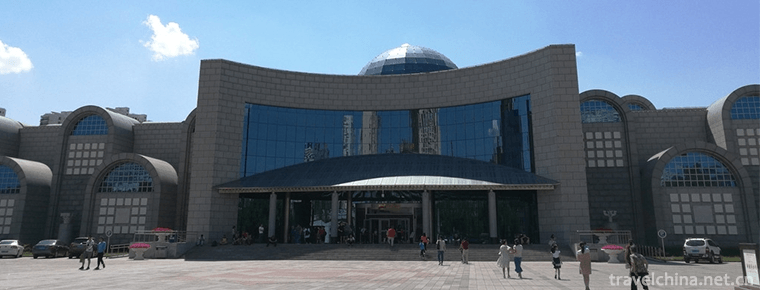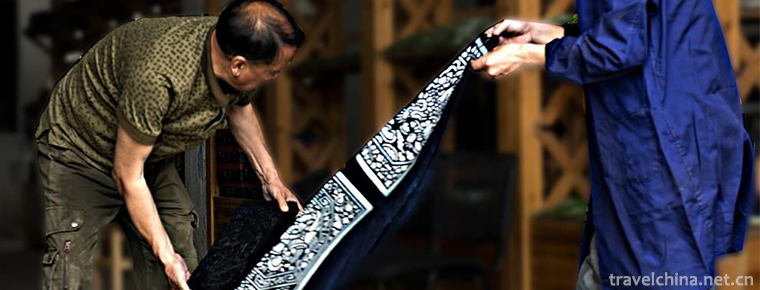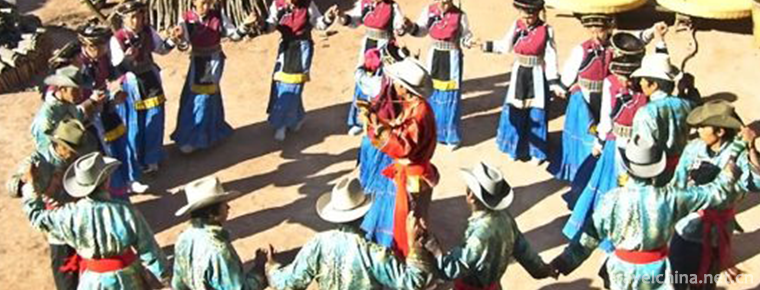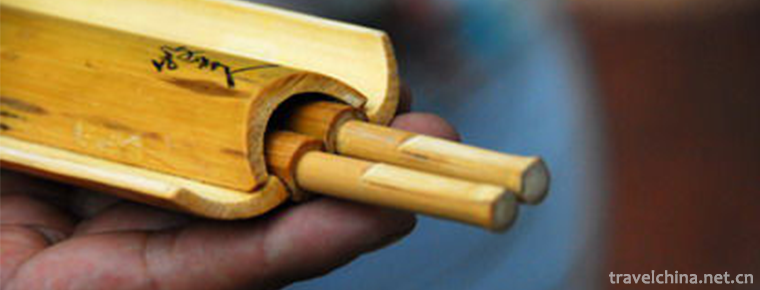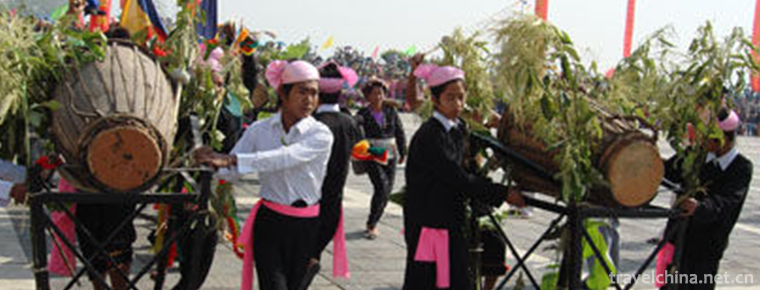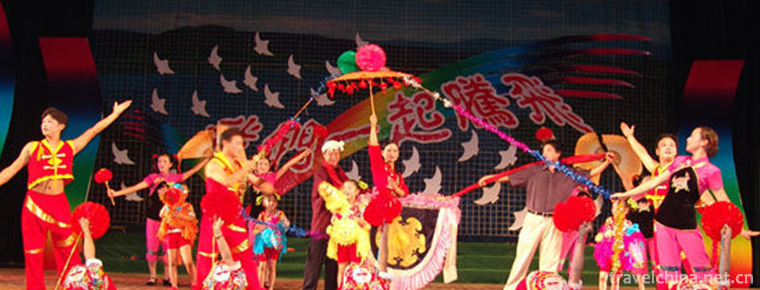Traditional Brewing Techniques of Brewing Wine
Traditional Brewing Techniques of Brewing Wine
The traditional brewing technology of Jinhua liquor is the traditional handicraft technology of Jinhua City, Zhejiang Province. The typical representative and complete remains of rice wine brewing techniques in early ancient times have unique status and cultural value in the history of rice wine development. In practice, Jinhua liquor explored the optimum techniques for the combination of Baiqu and Hongqu, so that Shousheng liquor brewed with both the fresh and fragrant flavor of Baiqu liquor and the color and taste of Hongqu liquor was selected by the government as the "standard method" for the production of Huangqu liquor in the Yuan Dynasty. During the Ming and Qing Dynasties, Jinhua liquor formed different series and brands including Shousheng liquor, Sanghua liquor, Baizi liquor, Sangluo liquor, Dingcheng liquor, Huaqu liquor, Gansheng liquor and so on.
brief introduction
In 2008, it was selected as the second batch of national intangible cultural heritage list approved by the Ministry of Culture by the State Council.
Declaration: Jinhua City, Zhejiang Province
Publication: 928_-145
Jinhua Wine is the general name of high-quality rice wine brewed in Jinhua City. It is brewed with high-quality glutinous rice produced in Jinhua as raw material and with the unique technique of Double-curvature fermentation. In Tang Dynasty, officials set up brewing bureaus here. The wine in official wine shops was specially for official drinking. The name of "Jinhua Mansion Wine" began here. In the Yuan Dynasty, the government even defined the Jinhua liquor koji recipe and brewing recipe as the "standard method" and promoted them, which greatly improved the brewing technology of Chinese rice wine. Since then, the development of rice wine in various places has been faster, and the Jinhua liquor industry has been more prosperous.
The brewing technology of Jinhua liquor has gone through three stages of development. The "white mash wine" appeared in the Spring and Autumn Period and Warring States Period improved the brewing technology of early yellow rice wine by using glutinous rice as raw material, Polygonum Polygonum as saccharifying starter, and pioneered the techniques of sprinkling, precipitation and filtration, which improved the liquor juice and prolonged the storage period. During the Tang and Song Dynasties, the Baiqu brewing techniques of Jinhua liquor became more and more perfect. Among them, "Jianxi Spring" and "Mistaken Water" became famous Baiqu liquor because of their pure color and mellow taste. The Origin of Traditional Brewing Techniques of Jinhua Liquor
Jinhuafu liquor is a famous traditional liquor in China. It came into being as early as the end of Spring and Autumn. It is a kind of semi-dry yellow rice wine made from white glutinous rice as raw material, red koji and wheat koji as saccharifying starter and using "feeding method" to separate cylinders. Its color is golden and bright, its flavor is mellow and tasty. It has both the color and taste of red koji wine and the fresh alcohol of wheat koji wine. Its reputation is no less than that of Shaoxing rice wine, and it is also listed as the essence of Chinese wine culture. As early as 1915, he won the Gold Prize at Panama World Commodity Fair. Sample wine was taken from Cao Hengju Winery, Cao Zhai Town, Jindong District. In 1963, he was awarded the National Quality Wine at the 2nd National Wine Appraisal Conference and won the Silver Prize. Then he won the gold medal at the first food exposition in Beijing in 1988.
origin
edit
Jinhua Yellow Wine, also known as rice wine, is a national specialty of China. It belongs to brewing wine and plays an important role in the world's three major brewing wines (yellow wine, wine and beer). Wine-making technology is unique and has become a typical representative and model of Oriental brewing industry. Among them, wheat starter rice wine represented by Zhejiang Shaoxing rice wine is the longest and most representative product of rice wine; Shandong Jimo old wine is the typical representative of northern millet rice wine. Yellow rice wine is one of the oldest wines in the world. It originated in China, and only in China. It is also called the world's three oldest wines with beer and wine. Yellow rice wine is the oldest beverage wine in China. It has been brewed for more than 4000 years. Because of the original yellow liquor, clear yellow or amber color, clear and transparent, it is called yellow wine. Through the hard work of the people for generations, the brewing technology has been continuously improved, so that the yellow wine in China has reached a higher level in the world. Deeply loved by domestic and foreign people. In the Shang and Zhou Dynasties, the Chinese invented the multiple fermentation method of liquor koji and began to produce large quantities of yellow rice wine. Yellow rice wine has a wide range of origins and varieties, including Zhejiang Huadiao wine, Zhuangyuan red, Shanghai old wine, Shaoxing rice wine, Fujian old wine, Jiangxi Jiujiang jar-sealing wine, Jiangsu Suanyang jar-sealing wine, Wuxi Huiquan wine, Guangdong pearl red wine, Shandong Jimo old wine and so on. However, it is recognized by the Chinese brewing industry as the most popular and characteristic in the international and domestic markets. Rice and millet are used as raw materials for rice wine. The alcohol content of rice wine is 14%-20%, which belongs to low-alcohol brewing. Yellow rice wine is rich in nutrients and contains 21 kinds of amino acids, including some unknown amino acids. The human body can not synthesize it by itself. It must rely on food to absorb 8 kinds of essential ammonia. Yellow rice wine is known as "liquid cake".

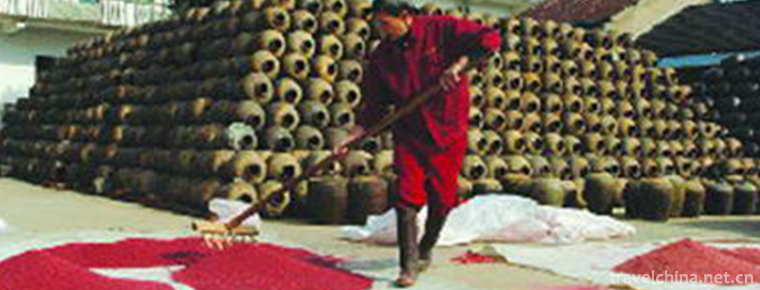
Traditional Brewing Techniques of Brewing Wine
-
Royal Prime Ministers Palace
Huangcheng Xiangfu (National AAAAA Scenic Area) is located in Beiliu Town, Yangcheng County, Jincheng City, Shanxi Province.
Views: 166 Time 2018-11-24 -
Tongzhou Forest Park of Grand Canal
Tongzhou Forest Park of the Grand Canal is located on both sides of the North Canal of Tongzhou New Town, Beijing. It starts from Luyang Bridge on the Sixth Ring Road in the north and Wuyao Bridge in
Views: 109 Time 2019-01-07 -
hot spring leisure city
Wendu Shuicheng, Hongfu Wendu Shuicheng, is located 20 kilometers north of the Forbidden City of Beijing. It pillows Wenyu River, the Mother River of Beijing
Views: 204 Time 2019-02-22 -
Museum of Xinjiang Uygur Autonomous Region
The Museum of Xinjiang Uygur Autonomous Region, located at No. 132 Northwest Road, Urumqi City, is a provincial comprehensive geographic museum.
Views: 251 Time 2019-02-25 -
Production Techniques of Buyi Medical Herbs for Benefiting Liver
Guiding County, Guizhou Province, is a subtropical monsoon rheumatic fever climate with distinct seasons, rich heat, long frost-free period, abundant rainfall and complex and
Views: 364 Time 2019-04-04 -
Blue Clip Valerian Skills
Blue clip valerian technology, the local traditional printing and dyeing technology of Wenzhou City, Zhejiang Province, is one of the national intangible cultural heritage.
Views: 336 Time 2019-05-11 -
Pumi rubbing
Pumi nationality rubbing "rubbing consultation" is Pumi language, "rubbing" means dancing, "rubbing" means dancing, that is, dancing. When dancing, the leader strikes the
Views: 325 Time 2019-06-09 -
Performing and Making Skills of Qiang Flute
Qiang flute is an ancient single-reed gas singing instrument in China. It has a history of more than 2000 years. It is popular in the Qiang people's residence of Aba Tibetan Autonomous
Views: 181 Time 2019-06-10 -
Water Encouragement
Water drum dance is a kind of popular dance spread between the De'ang and Miao nationalities. It combines water, drum and dance to worship ancestors, pray for good weather and peace in villages. Howev
Views: 156 Time 2019-06-15 -
Yangxin Tea Picking Opera
In May 2011, Gao'an City, Jiangxi Province, Linchuan District, Fuzhou City, Shaoguan City, Guangdong Province declared that tea-picking operas (Gao'an tea-picking opera, Fuzhou tea-picking opera, nort
Views: 248 Time 2019-07-10 -
Modern cheongsam
At the beginning of the 20th century, it was popular to wear a short jacket with trumpet shaped wide sleeves inside, and a long waistcoat without sleeves with the front and back of the coat reaching the ground. Since then, cheongsam has made some changes in the edge, sleeve
Views: 131 Time 2020-12-11 -
Meishan mineral resources
There are 25 kinds of minerals in Meishan, mainly including coal, natural gas, iron, copper, lead, zinc, manganese, placer gold, glauberite, gypsum, bentonite, phosphorus, dolomite, cement limestone, magnesite, granite for facing, vein quartz, crystal, quartz sandstone,
Views: 278 Time 2020-12-18
